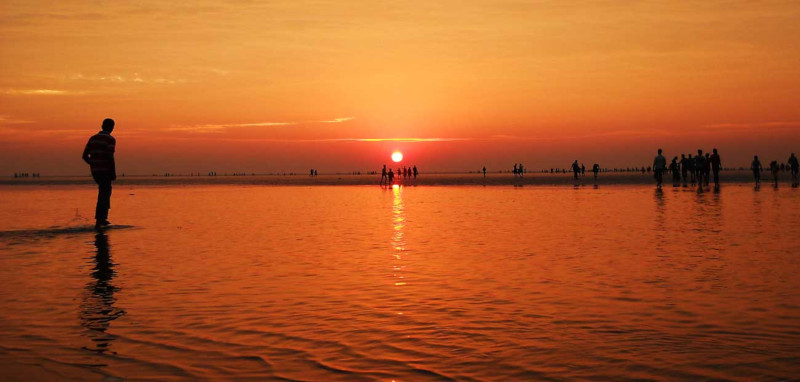
Chandipur Beach Facts
- The stunning location known locally as Chandipur Beach easily stands out from most of the other beaches around the world. This marvel of Nature easily remains among those gorgeous sites that few people outside of its immediate area know about.
- This statement holds true for several different reasons. The beach itself lies closely surrounded by a thick grouping of casuarina trees. Having these located so close to the beach itself provides the location with a highly uncommon atmosphere.
- But, without doubt, one characteristic of this magical location remains paramount. That’s the fact that the most remarkable feature of the magnificent Chandipur Beach pertains to the almost unbelievable actions of the local tides.
- This bold statement can be made because of one completely startling fact that must typically be seen to be believed. Twice each day, when the local tide goes out, it recedes a staggering distance of roughly 3.7 mi (6 km), before returning later.
- This remarkable action also takes place at a comparatively rapid pace. To the amazement of those who experience it, it’s so fast that one can actually watch it happening with the naked eye. This makes for a completely unparalleled experience.
Related Articles
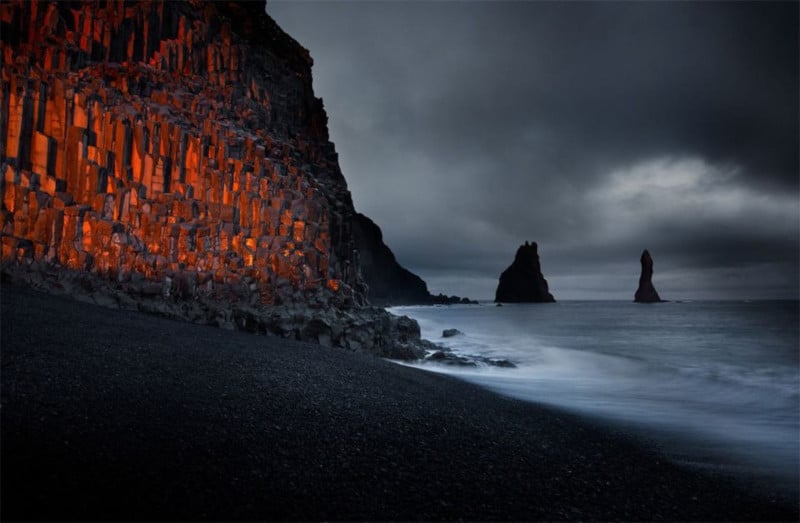
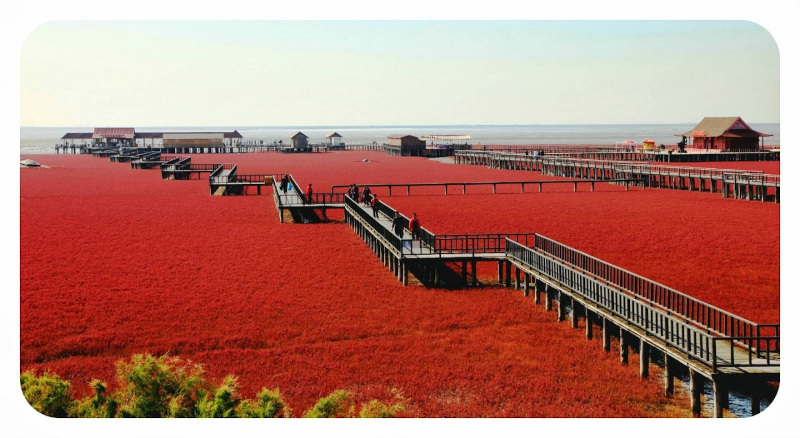
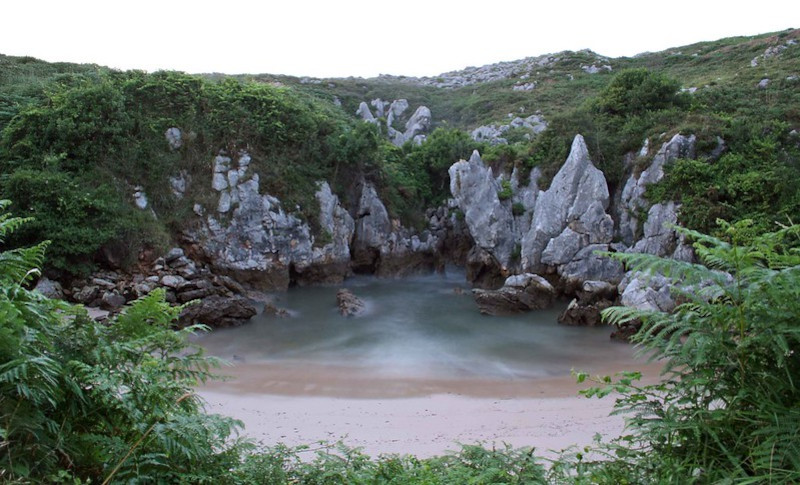
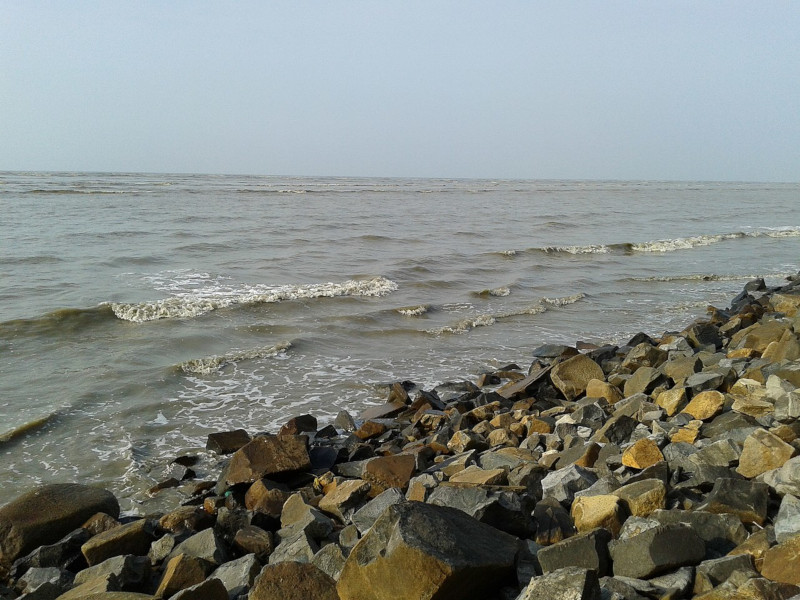
Chandipur Beach Physical Description
One fact remains of the greatest importance when considering the fabulous location. That’s the fact that it must be pointed out that the precise dimensions of the incredible Chandipur Beach cannot be defined with certainty, due to its very nature.
This unusual statement is accurate because every time the water recedes and returns, the exact height of the water relative to the shore varies. In point of fact, this particular feature of the amazing site can actually vary quite significantly.
But, the height above sea level of the sandy portion of the astonishing beach measures roughly 10 ft (3 m) in elevation. The uppermost edge of the beach itself additionally remains lined with numerous stones, creating a natural wall marking off the area.
Of even greater interest, Chandipur Beach boasts many other natural features. These include sand dunes and rocky coasts, in addition to the delightful casuarina trees. The combination serves to make this location one of the most distinctive beaches in the world.
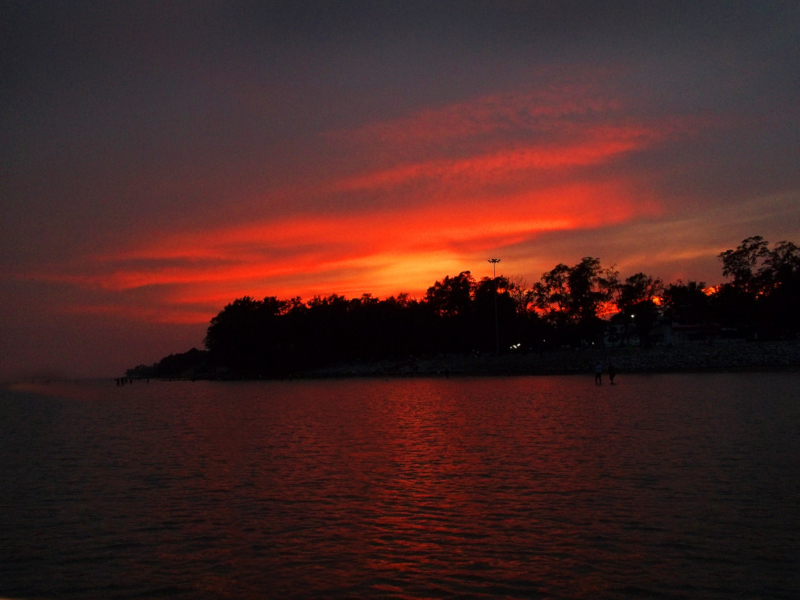
Chandipur Beach Location, Tourism, and Bio-Diversity
The awe-inspiring beauty and distinctiveness of the remarkable Chandipur Beach formed in an already amazing setting. It sits in a portion of the world perhaps best known for its flora and fauna. The same amazing region nevertheless also boasts much geological beauty.
Quite sadly, however, much of this naturally occurring splendor remains relatively unknown outside of the immediate area. This regrettable statistic currently exists due to the fact that the site formed in what now constitutes the country of India, in Asia.
More precisely, though, the wondrous beach formed in the Baleswar District of the Indian state of Odisha. This region also consists of extensive sections of relatively unexplored coastline. The surroundings only serve to augment the beauty of the beach.
Quite unsurprisingly, given its highly unique combination of beauty and sheer astonishment, Chandipur Beach also forms a locally popular vacation spot. In point of fact, this extreme popularity extends to both tourists and the local populace as well.
Local temperatures also play a part in the verdant nature of the area in which it appears. These average a pleasant 63 – 81 F (17 -27 C) in winter, and 77 – 104 F (25 – 40 C) in the summer. Partly due to this, the region also boasts a flourishing ecosystem.
Chief among the species present here, in terms of numbers, may be the horseshoe crabs that call the site home. But, many red crabs also appear with the tides. However, the Olive Ridley Sea Turtle also uses this beach as one of its few nesting areas in the world.
Features Sharing Its Region
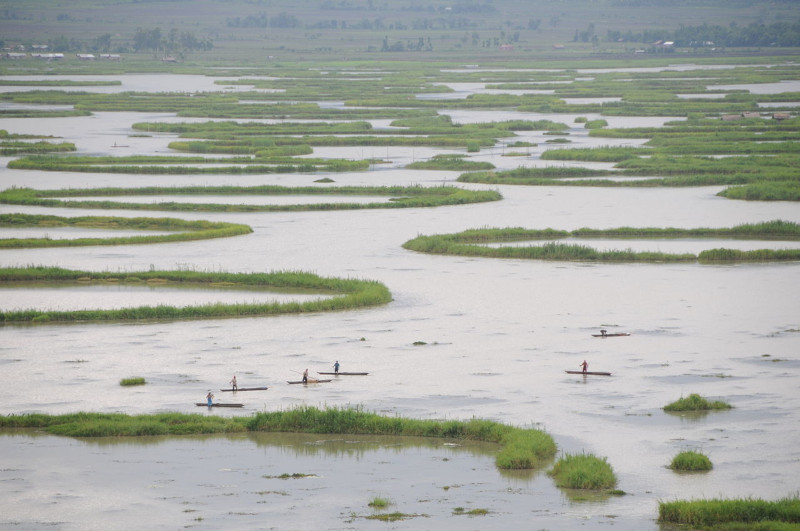
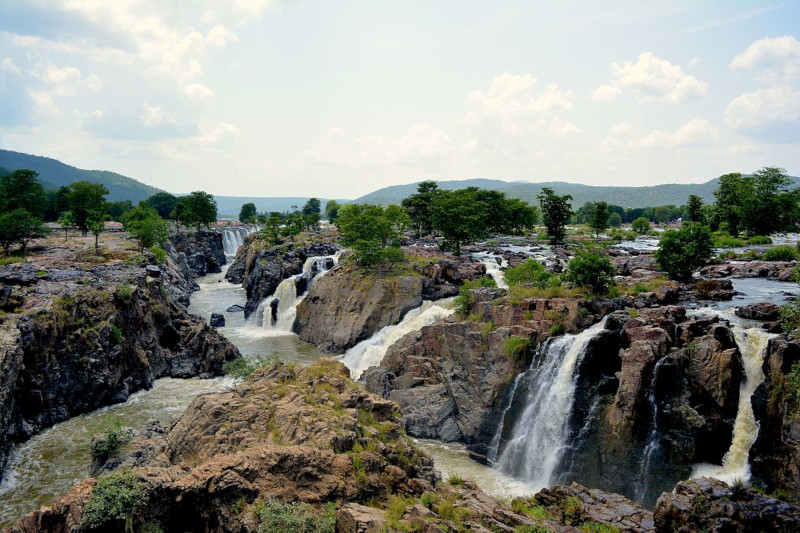
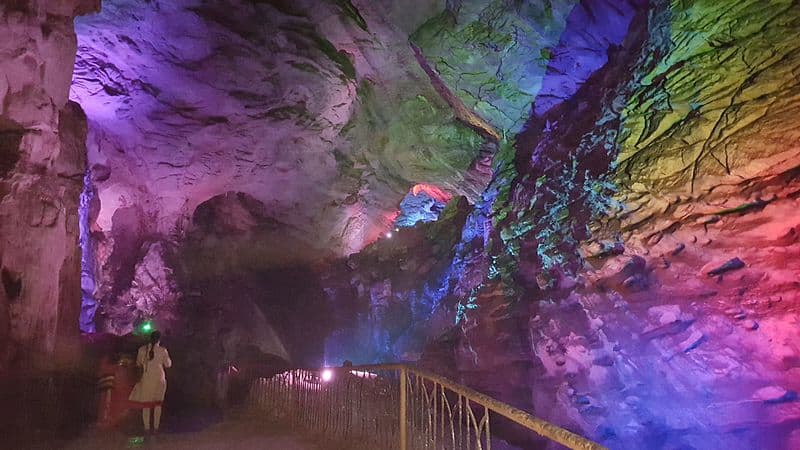
Check out our other articles on Earth’s Many Magnificent Bees, Limnonectes larvaepartus, Wadi Rum, Bleeding Tooth Fungus, Chilean Dolphin, Calleta silkmoth, Hermann’s Tortoise









Leave a Reply